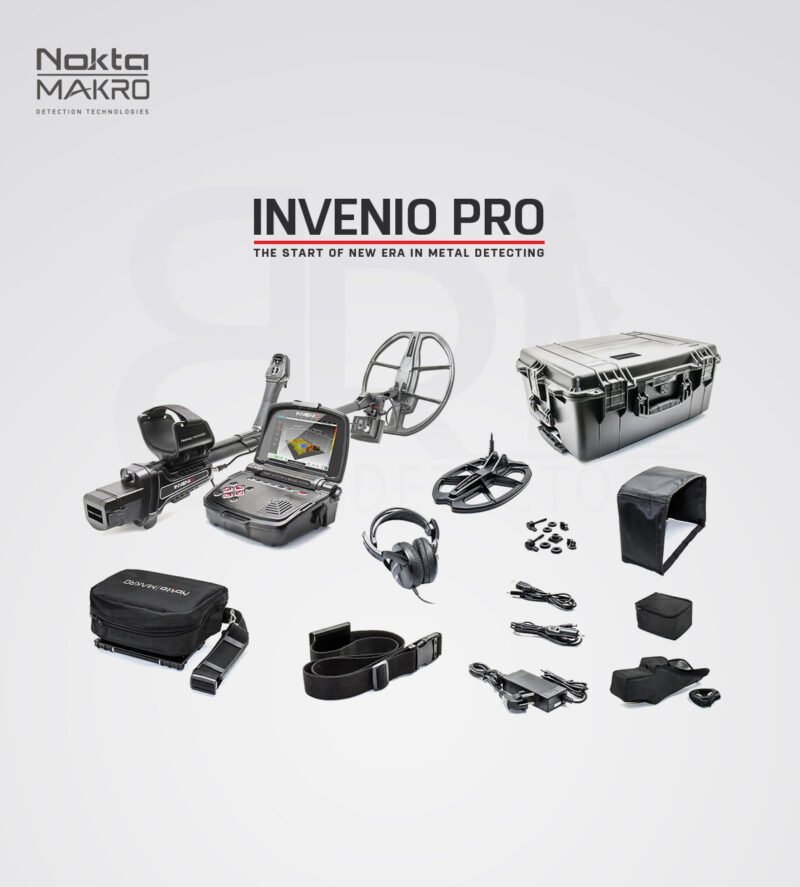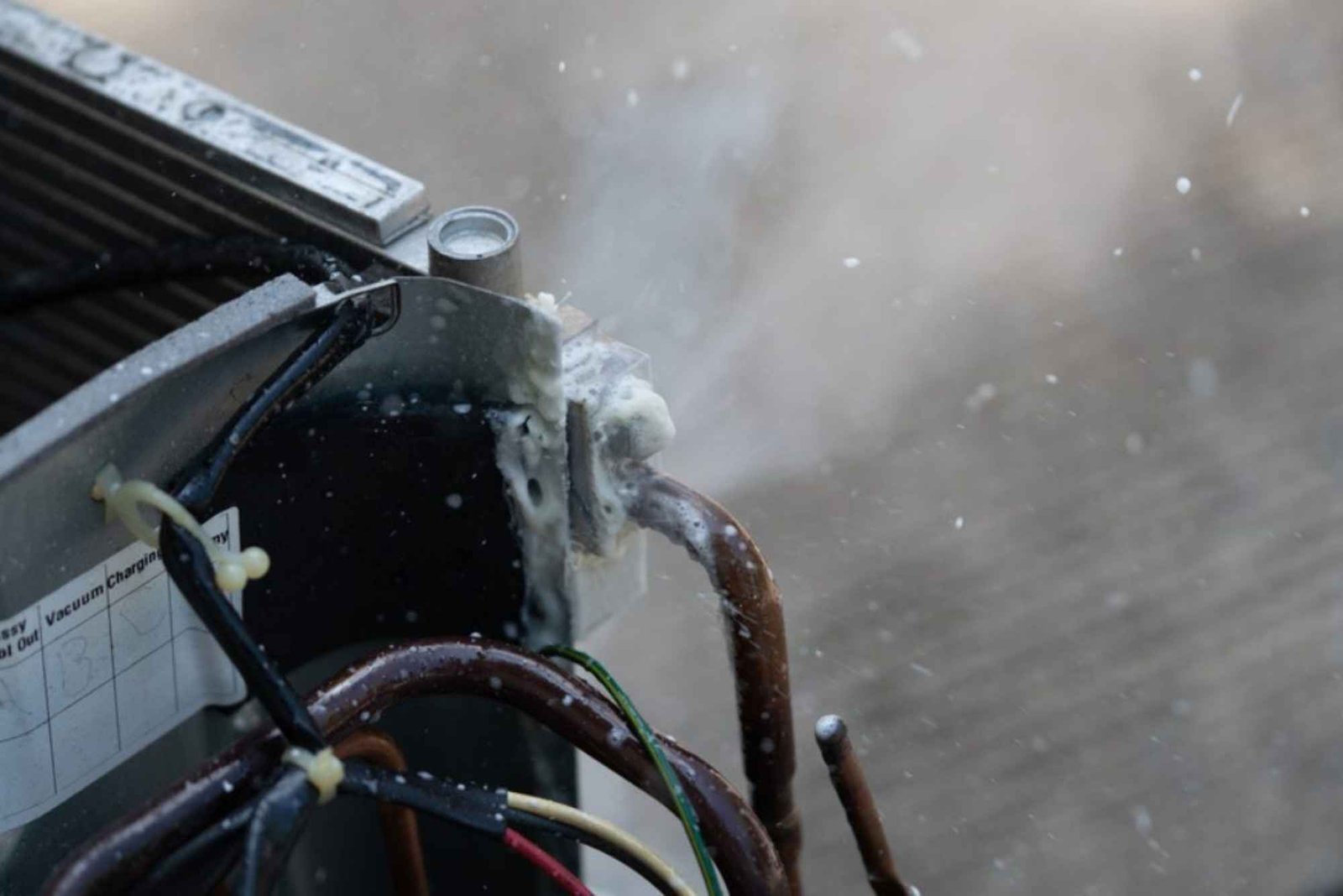In treasure hunting and professional exploration, equipment is everything. Choosing the right device can mean the difference between uncovering a valuable find and spending hours digging up nothing. Two of the most common technologies people encounter are gold detectors and scanners. While they sound similar, they actually serve different purposes and are best suited for different situations. Understanding the difference is essential, whether you’re a hobbyist prospector or a professional surveyor investing in advanced gear.
Having used and researched both types of devices, I’ll break down what separates them, where they overlap, and how you can choose the right tool for your needs.
Gold Detectors: Precision in Metal Detection
Gold detectors are designed specifically to locate metallic objects underground, particularly natural gold nuggets and buried treasures. They operate using technologies like Very Low Frequency (VLF) or Pulse Induction (PI), each with its strengths depending on the soil type and depth.
For explorers who prioritize accuracy in finding metallic targets, a gold detector and scanner combination is often considered. Detectors pinpoint the presence of metal, while scanners add a layer of visual feedback, creating a clearer picture of what lies beneath. This hybrid approach reduces wasted effort and helps professionals make more confident excavation decisions.
Detectors on their own are incredibly effective for gold hunters, but they primarily alert the user through audio signals and numeric readouts, without showing a visual representation of the target. That’s where scanners come in.
Gold Scanners: Imaging and Analysis
Gold scanners move beyond simply detecting metal. They use advanced 3D imaging and ground-penetrating technologies to map underground anomalies. Instead of just hearing a signal, users can see the approximate size, depth, and sometimes even the shape of what’s below the surface.
This makes scanners ideal for professional treasure hunters, archaeologists, and surveyors who need more than a “yes or no” response. For example, scanners can help identify whether a signal is from a small coin, a large chest, or even a cavity in the ground. By providing a visual scan, they minimize unnecessary digging and maximize efficiency in the field.
Where the Two Overlap
While detectors and scanners are different, modern technology often merges the two. Some high-end devices integrate both detection and scanning capabilities, giving users the best of both worlds. These combination devices are particularly popular among professionals who want to balance speed with detailed analysis.
A prospector might begin a survey with scanning to identify promising spots, then use the detector function to confirm targets. This layered approach saves time, reduces false positives, and provides a clearer sense of what lies beneath before excavation begins.
The Role of Invenio Pro in Modern Treasure Hunting
Among the advanced tools that merge detection with scanning, the Invenio Pro stands out as a game-changer. Unlike traditional detectors, the Invenio Pro is one of the first smart devices in this field to integrate artificial intelligence and real-time imaging into treasure hunting.
This system not only identifies metallic objects but also distinguishes between metal types and maps them in 3D. Users can see whether they are detecting gold, silver, or another type of metal, as well as the shape and depth of the target. For professionals, this means greater accuracy, fewer wasted digs, and faster decision-making in complex environments.
The Invenio Pro also supports advanced ground balancing, ensuring stable performance even in highly mineralized soils. It’s designed with professionals in mind but still offers an interface that doesn’t overwhelm experienced hobbyists ready to step up their equipment.
Practical Scenarios: Which Device Should You Choose?
If your focus is specifically on finding raw gold nuggets in mineral-rich soils, a high-quality gold detector will usually serve you well. Its sensitivity and precision make it the right choice for natural prospecting.
However, if you’re exploring historical sites, searching for relics, or working in areas where large treasures or voids may exist, a scanner adds immense value. The ability to visualize underground anomalies can save days of effort and guide more accurate excavation.
For those who want the versatility of both worlds, investing in a hybrid device like the Invenio Pro can provide unmatched flexibility. It allows you to start with broad scanning and then zoom into precise detection when needed.
Why Understanding the Difference Matters
The terms “detector” and “scanner” are often used interchangeably, but the difference matters. Choosing the wrong device for your needs can lead to frustration, wasted time, and missed opportunities. Professionals know that every tool has its role, and the best outcomes come from matching technology to the task.
By understanding how detectors and scanners complement each other, treasure hunters and explorers can make smarter investments, streamline their fieldwork, and ultimately increase their chances of success.
Final Thoughts
The difference between a gold detector and a scanner comes down to depth of information. Detectors provide precise signals about metal presence, while scanners deliver detailed imaging that helps you interpret what lies underground.
For treasure hunters seeking the highest accuracy and efficiency, hybrid devices like the Invenio Pro show the future of the industry—combining detection, scanning, and intelligent analysis in one system. Whether you’re a beginner stepping into the field or a professional upgrading your gear, knowing these distinctions will help you choose tools that bring real results.





